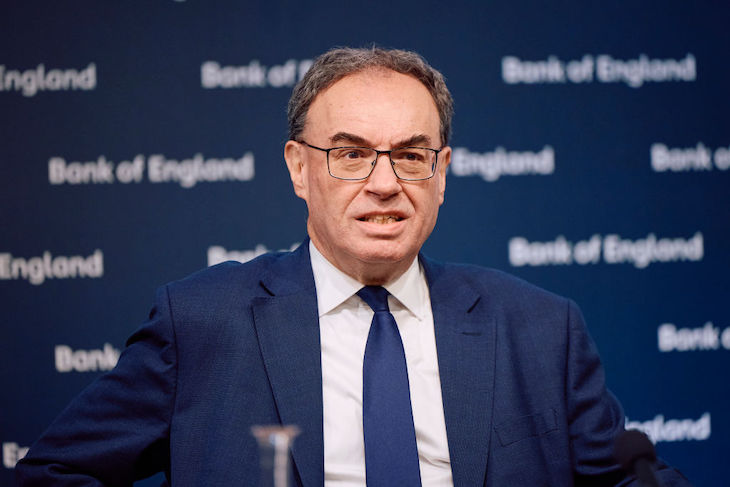Interest rates have been held at 4.75 per cent. The Bank of England’s Monetary Policy Committee voted 6-3 to maintain the base rate, with the minority voting to further reduce rates by 0.25 percentage points.
This is an unsurprising move from the Bank of England. Markets weren’t optimistic that another rate cut would follow so soon after last month’s 0.25 percentage point cut. But after this week’s labour market data – showing that wages are up – and inflation data – showing prices up, too – it was highly unlikely a cautious Bank was going to push ahead with another rate cut this month.
Today’s minutes reflect these concerns. ‘Services consumer price inflation has remained elevated’ the Bank notes. ‘Headline CPI inflation is expected to continue to rise slightly in the near term.’ And while the MPC ‘judges that the labour market is broadly in balance…the latest Agents’ intelligence suggests that average pay settlements in 2025 will be within a range of 3 to 4 per cent. There remains significant uncertainty around developments in the labour market.’
That uncertainty is bound to slow down the Bank’s rate-cutting process. There are new factors for Threadneedle Street to consider now, too. This mainly includes Labour’s first Budget – which announced billions more in spending – and the ‘impact on growth and inflationary pressures from the measures announced.’ There are also growing concerns over global trade, as America’s president-elect hypes up talk of trade wars.
With debt-servicing payments costing the government tens of billions of pounds a year (paying off money already spent, and with nothing new announced), the government will want the base rate to fall as quickly and substantially as possible. But the decision to hold rates today isn’t the most painful update in the MPC’s minutes. The real kicker is its growth downgrade: the Bank is now predicting zero economic growth in the last quarter of the year, a notable reduction from the 0.3 per cent growth it was expecting just last month.
Markets weren’t optimistic that another rate cut would follow
This change in forecast is ‘broadly consistent with the latest combined steer from business surveys and the available official data’. The minutes reference potential impacts of the employers' National Insurance hike, including the Decision Maker Panel (DMP) survey (from Chief Financial Officers across UK business) which is predicting ‘higher prices and lower employment’ as a result of the Budget update.
These are not the early signals the government will have been hoping for, the details of which will only become clearer in the lead-up to the change in April.
In the meantime, another rates cut is likely, with markets now expecting the next cut to come at the Bank’s next meeting in February 2025. But until then, borrowing costs remain elevated, business fears grow over the impacts of the Budget measures, and the world gears up for a change of leadership over the world’s most powerful economy. Recess may be around the corner, but there’s to be no rest for this new government.







Comments